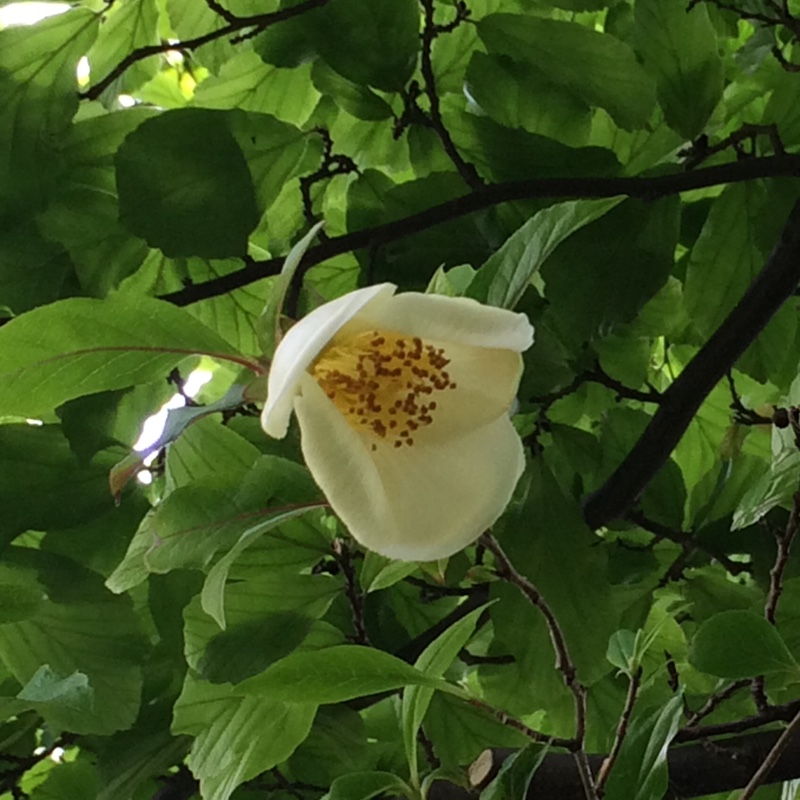
Stewartia pseudocamellia
Deciduous Camellia
Stuartia pseudocamellia is small tree of columnar shape with bark that peels in strips of brown, orange and grey shades. The serrated leaves are a dark bronze-purple in Spring, turning to dark green, then orange and red by Autumn. The flowers, which resemble camellia flowers, open in mid Summer, and are followed by brown seed-pods.
Contributed by @helenparkin
-
Full sun to partial shade
-
Very little water
-
Frost Hardy: 23F (-5°C)
-
Moist and fertile
Common name
Deciduous Camellia
Latin name
Stewartia pseudocamellia
type
Deciduous trees or shrubs
family
Theaceae
ph
5.0 - 7.0 Acid - Neutral
Plant & bloom calendar
-
Best time to plant
full grown dimensions
 8.00 M
12.00 M
8.00 M
12.00 M
Stewartia pseudocamellia
Stuartia pseudocamellia is small tree of columnar shape with bark that peels in strips of brown, orange and grey shades. The serrated leaves are a dark bronze-purple in Spring, turning to dark green, then orange and red by Autumn. The flowers, which resemble camellia flowers, open in mid Summer, and are followed by brown seed-pods.
Planting
From Early Spring TO Early Spring
Stewartia pseudocamellia is an attractive ornamental tree that grows best in rich organic soils with good drainage and consistent moisture throughout the year. It is grown in full sun, but under hot and dry conditions it grows best in some light shade during the afternoon. It can be temperamental to establish and younger trees transplant best. When planting, add a good deal of well rotted compost or manure to a hole, much larger than the root ball and water in well.
Propagation
From Early Summer TO Late Summer
Propagate by softwood cuttings in early summer or semi-hardwood cuttings in mid to late summer. Propagate by seed sown outdoors in autumn









